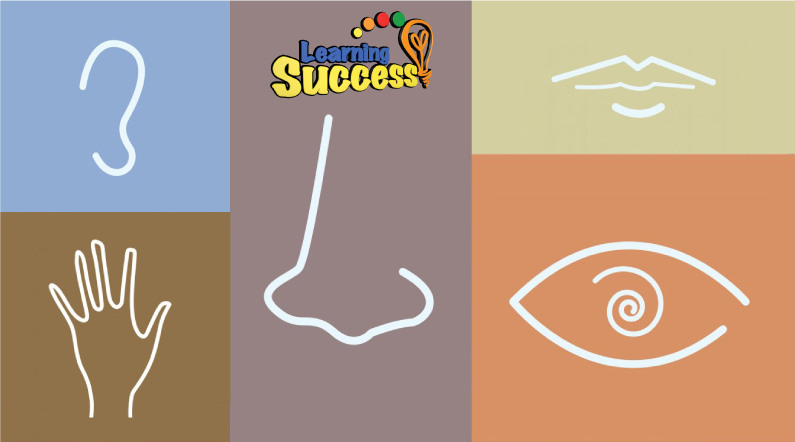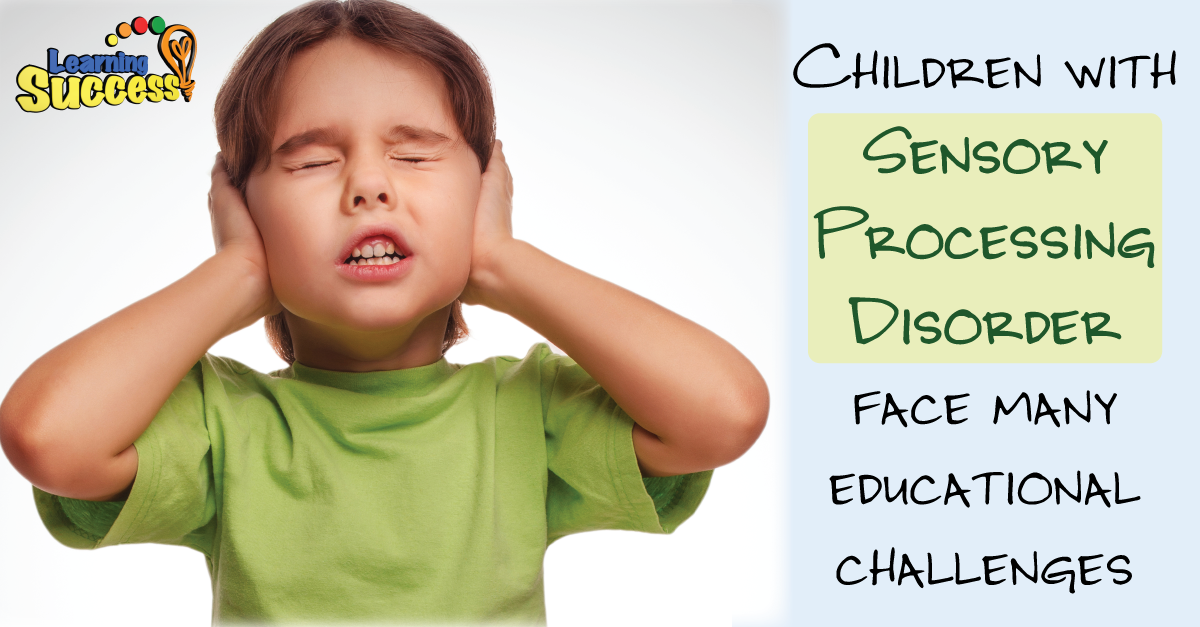
Children with Sensory Processing Disorder face many educational challenges. Finding ways to help a child gain the best educational and social skills can be a challenge.
Yet every parent’s greatest hope is for their child’s success.
Carol Karnowitz, M.A., A school teacher for over 25 years, has spent much of those years observing preschool-aged children with Sensory processing disorder as well as children with ADHD. She has defined many of the differences between these disorders. Understanding these differences can help to incorporate learning strategies that have proven to be successful.
 Two of Carol’s most successful books, “The Out-of-Sync Child, and The Out-of-Sync Child Has Fun, have sold more than a million copies. Her newest book that is currently in process, “The Out-Of-Sync Child Grows Up, is expected to be a great success as well.
Two of Carol’s most successful books, “The Out-of-Sync Child, and The Out-of-Sync Child Has Fun, have sold more than a million copies. Her newest book that is currently in process, “The Out-Of-Sync Child Grows Up, is expected to be a great success as well.

Comorbid Diagnosis
A variety of other conditions are very often diagnosed with ADHD. Including
- Depression
- Sensory Processing Disorder
- Anxiety
- Obsessive-Compulsive Disorder
- Oppositional Defiant Disorder
- Learning Disabilities
- Bipolar Disorder
- Autism Spectrum Disorder
- Tourette Sydrome
Because these can be related and are often found together it's a good idea to understand them all as well as be able to differentiate.
Generally kids with SPD will display innapropriate responses to stimuli. This may be light, sound, or maybe the feel of cloth on their skin. This response can cause attention difficulties.
However when the stimuli is removed the attention difficulties will subside.
Key Takeaways:
Our brain assigns importance to whatever it focusses on. Not the other way around. If one sense is demanding attention then focus is nearly impossible. By strengthening the senses and how they work together the condition can be remedied. Many have reported great successes by multi-sensory approaches. This can be strengthened with work. To understand which components are giving you trouble take our online analysis
Do You Need help with a Learning Difficulty?
Our simple online analysis will help you get to the core of the problem and find the right solution for you.
Understanding how to help someone with a learning difficulty starts with understanding which micro-skills are affected. When you learn which of the micro-skills is the problem, you will then be on your way to solving it.
You'll also learn how to:
- Build confidence
- Enhance Learning ability
- Eliminate avoidance
- Build grit
You can get this analysis for free by filling out this simple form. This will help you get to the bottom of a learning difficulty and provide you with a solution. If you are ready to put this problem behind you click the button below and fill out the form.










